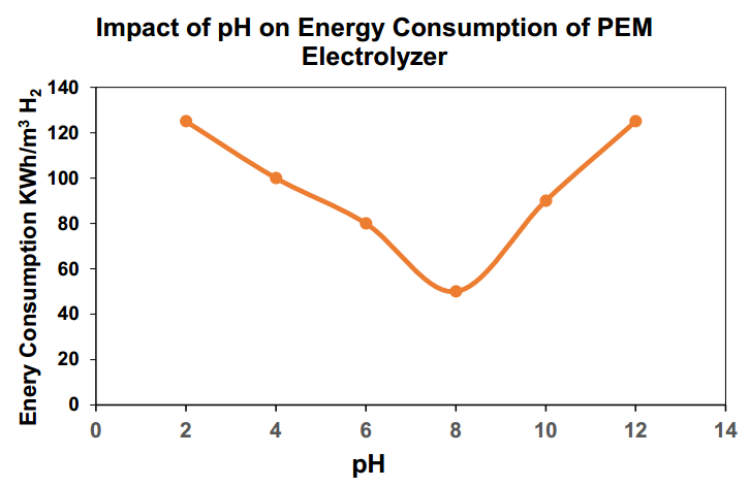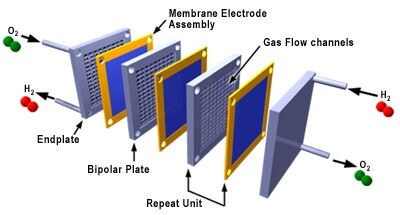High-Purity Laboratory Hydrogen Generators for Precision Use
- 逸风 黄
- Sep 16
- 3 min read
Whether you’re running gas chromatography carrier gas systems or fuel cell testing protocols, choosing a hydrogen generator for laboratory use ensures uninterrupted workflow, reduces cylinder handling, and enhances overall safety through integrated hydrogen safety training features.

Why High-Purity Hydrogen Matters
High-purity hydrogen isn’t just a commodity—it’s the lifeblood of precise analytical measurements. Trace impurities in hydrogen can cause:
Baseline noise or drift in gas chromatography
Erroneous peaks leading to misidentification of compounds
Poor performance and durability in fuel cell testing
Contamination in semiconductor and materials research
By delivering high-purity hydrogen (often ≥99.999%) or ultra-high purity hydrogen (≥99.9999%), modern laboratory hydrogen generators eliminate these risks, ensuring data integrity and protecting sensitive detectors.
Key Technologies: PEM vs. Other Generation Methods
Laboratory hydrogen generators primarily use water electrolysis. Two common configurations are:
PEM (Proton Exchange Membrane) Hydrogen Generator
Fast start-up, compact footprint
Produces ultra-high purity hydrogen directly from deionized water
Minimal maintenance requirements
Alkaline Electrolyzer Systems
Lower initial cost
Bulk hydrogen production capabilities
Requires more frequent electrolyte checks
For many labs, a PEM hydrogen generator strikes the optimal balance between ultra-high purity hydrogen output and ease of operation.
Application Spotlight: Gas Chromatography
Gas chromatography carrier gas quality directly impacts resolution and reproducibility. Key considerations include:
Stable flow rates for consistent retention times
Minimal moisture and oxygen levels to avoid column degradation
On-demand generation eliminating delivery delays
Using laboratory hydrogen generators as a carrier gas source improves throughput and reduces cylinder exchange logistics, especially critical in high-volume analytical labs.
Application Spotlight: Fuel Cell Testing
Fuel cell researchers rely on hydrogen purity to evaluate catalyst performance and membrane durability. Benefits of an in-lab hydrogen generator for fuel cell testing include:
Precise control of hydrogen flow and pressure
Continuous supply for prolonged testing cycles
Safety interlocks and integrated hydrogen safety training modules
Compatibility with PEM fuel cells and solid oxide fuel cell systems
The seamless integration of high-purity hydrogen assures that test artifacts arise from cell design, not gas contamination.
Critical Features and Specifications
When evaluating scientific hydrogen generators, consider these specifications:
Hydrogen Purity
Flow Rate Range (mL/min to L/min)
Pressure Output (psig or bar)
Warm-up Time
Footprint and Portability
Safety Features (leak detection, automatic shutoff)
Maintenance Intervals
Ultra-high purity hydrogen generators typically include multi-stage purification, ensuring contaminants remain below parts-per-billion levels.
Ensuring Safety: Hydrogen Safety Training
Laboratory hydrogen generators incorporate advanced safety protocols, but proper user training is essential:
Understanding system interlocks and alarms
Safe startup and shutdown procedures
Emergency response for leaks or pressure excursions
Proper storage and disposal of any ancillary consumables
Comprehensive hydrogen safety training not only meets regulatory requirements but also fosters confidence among lab personnel.
Portable Hydrogen Generators: Flexibility in the Lab
Portable hydrogen generators cater to mobile labs and field applications:
Lightweight designs for easy relocation
Battery-backup options for uninterrupted supply
Quick-connect fittings for diverse analytical instruments
Ideal for on-site environmental sampling or educational demonstrations
Despite their compact size, many portable units still deliver high-purity hydrogen levels suitable for gas chromatography and basic fuel cell testing.
Installation and Maintenance Best Practices
Smooth operation of a laboratory hydrogen generator relies on:
Proper siting away from heat sources
Dedicated power supply with surge protection
Regular water quality checks (deionized or distilled)
Scheduled replacement of filters and membrane modules
Periodic validation of hydrogen purity and flow calibration
Adhering to manufacturer guidelines and combining them with in-house hydrogen safety training yields maximum uptime and data reliability.
Economic and Environmental Benefits
Switching to in-house hydrogen generation offers compelling advantages:
Lower recurring costs compared to cylinder procurement
Elimination of gas delivery logistics and associated carbon footprint
Reduced exposure to high-pressure gas cylinders
Predictable operating expenses for budget planning
Over the lifetime of an ultra-high purity hydrogen generator, labs often realize significant total cost of ownership savings.
Choosing the Right Hydrogen Generator for Your Lab
Consider these steps to zero in on the optimal solution:
Define application requirements (flow, pressure, purity).
Evaluate bench-top vs. portable configurations.
Compare PEM hydrogen generator models on maintenance needs.
Assess built-in safety and training features.
Solicit user testimonials and conduct on-site demonstrations.
By aligning your scientific goals with generator capabilities, you guarantee precision and reliability for every experiment.
Conclusion
High-purity laboratory hydrogen generators transform critical workflows—whether powering gas chromatography carrier gas lines, driving fuel cell testing, or supporting cutting-edge scientific research. Their consistent hydrogen purity, integrated safety features, and cost savings make them indispensable in modern analytical labs. As technologies advance, we anticipate even more compact PEM hydrogen generators and AI-assisted monitoring systems to further elevate laboratory performance.
Looking ahead, you might also explore:
Integration of hydrogen generators with automated sample preparation systems
Remote monitoring and IoT controls for real-time performance tracking
Advances in proton exchange membrane materials for greater efficiency
Comparative studies on hydrogen generation vs. emerging carrier gases
Which of these topics interests you most? Let’s dive deeper into the next frontier of laboratory gas management.







Comments